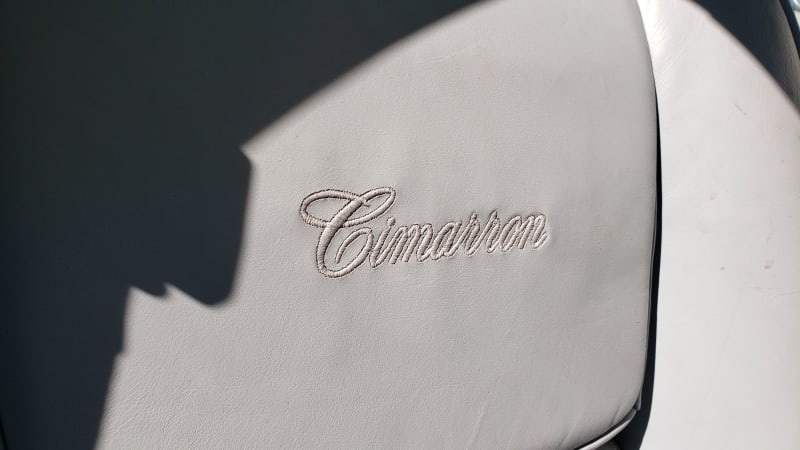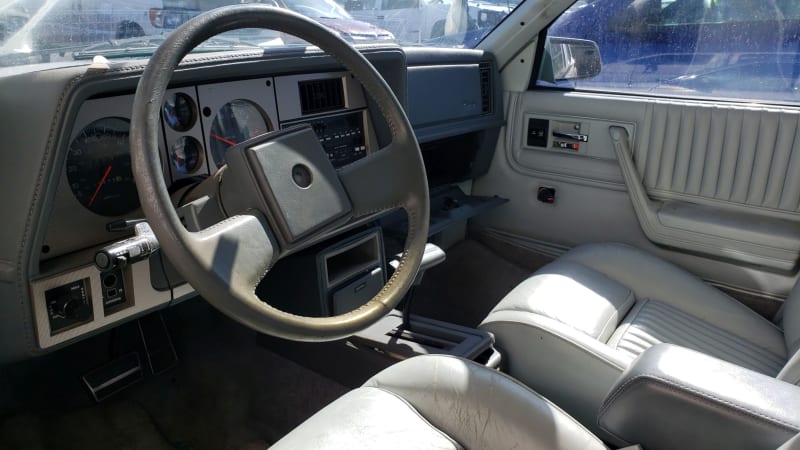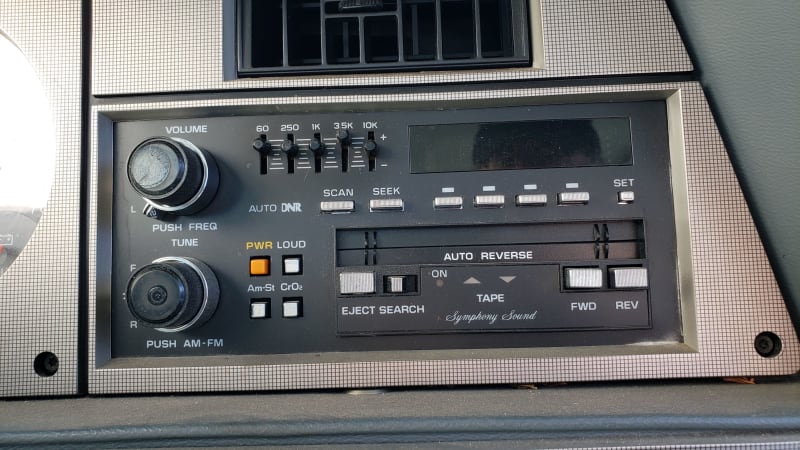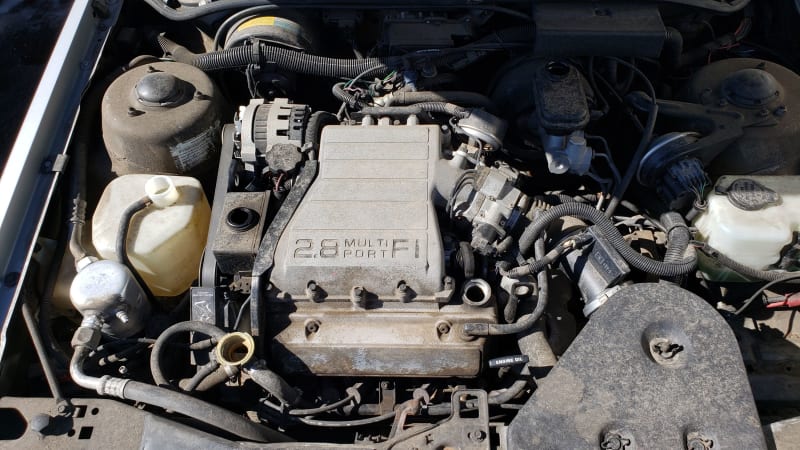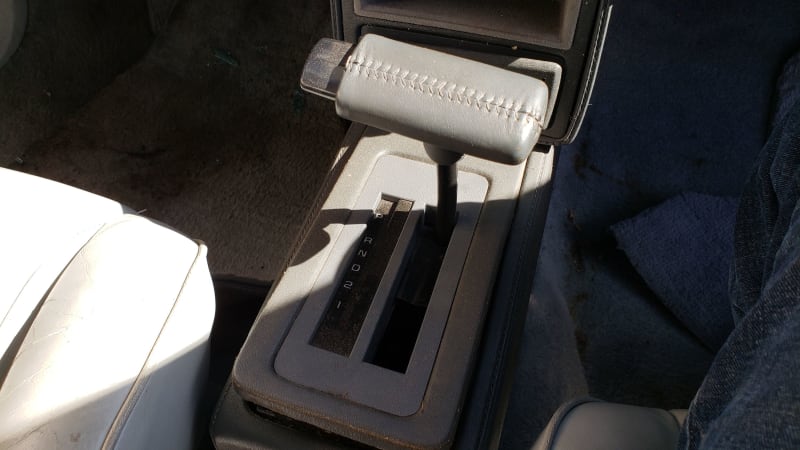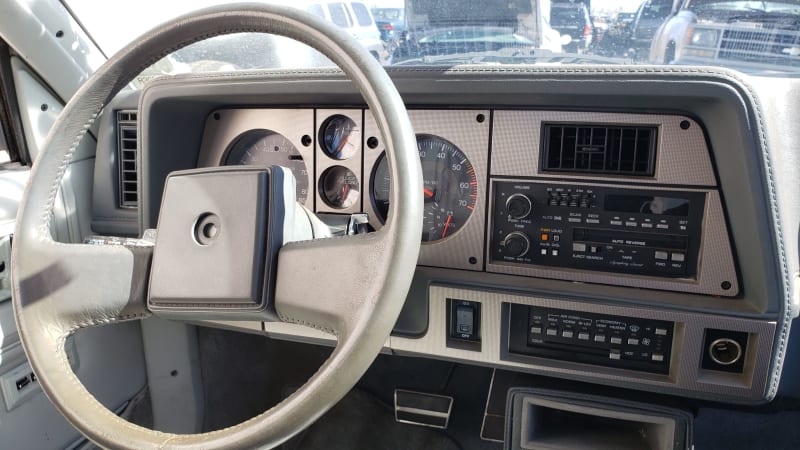The General’s Cadillac Division hit its all-time sales record during the 1973 model year, with 304,839 cars sold. Then the OPEC oil embargo in the fall of that year caused oil prices to triple, while simultaneously accelerating several negative trends in the American economy. In the aftermath, sales of imported luxury cars surged, the President resigned, the communists conquered South Vietnam, and Cadillac introduced a compact car based on the proletariat Chevrolet Nova. Sales of those Sevilles — which cost better than triple the price of their Nova siblings — proved strong, and so it seemed to make sense to create a Cadillac-ized version of the Nova’s replacement: the front-wheel-drive Chevrolet Cavalier, which debuted for the 1982 model year. Thus was the Cadillac Cimarron born, and that’s what we’ve got for today’s Junkyard Gem.
The Cimarron stayed in production for the 1982 through 1988 model years, but sales were strongest for the first few years and so the 1982-83 cars make up the bulk of my Cimarron junkyard finds. This very clean ’87 in a Denver-area yard is a rare late-production car.
Although the Cimarron was by far the swankiest GM J-Body ever made, its Cavalier ancestry was unmistakable. While the Nova-based Seville caused some grumbling over the cheapening of the Cadillac brand, the Cimarron inspired widespread anger and loathing among those who love cars.
Even with a leather interior and nice audio system, the Cimarron still caused pain to its owners who saw cheapo Cavaliers (and Pontiac J2000s and Olds Firenzas) looking nearly identical at a glance yet costing far less. In 1987, the list price on a new Cimarron started at $15,032 (about $35,550 in 2021 dollars). The cheapest Cavalier listed at $7,255 that year, though the loaded Cavalier RS sedan with V6 engine started at $9,159.
For 1982 through 1986, the base powertrain in the Cimarron consisted of a 1.8-liter or 2.0-liter four-cylinder — yes, the same double-digit-horsepower engines that went into Cavaliers — paired with a four- or five-speed manual transmission. The 2.8-liter V6, rated at 125 horses, was an option in those cars and became standard equipment in the 1987 and 1988 Cimarrons.
The five-speed manual came as standard equipment in the ’87 Cimarron, and buyers could get a $75 credit by taking the four-speed manual instead (if a four-on-the-floor seems laughably outdated for 1987, keep in mind that Toyota sold US-market Tercels with that setup all the way through 1996).This car has the optional three-speed automatic, which cost $390 extra. Very few Cimarron buyers selected the three-pedal rig, though I have seen a couple in junkyards over the years.
Rare? Yes. Valuable? Not at all.
Pushbutton air. Tilt wheel. Cruise. Power just about everything.

